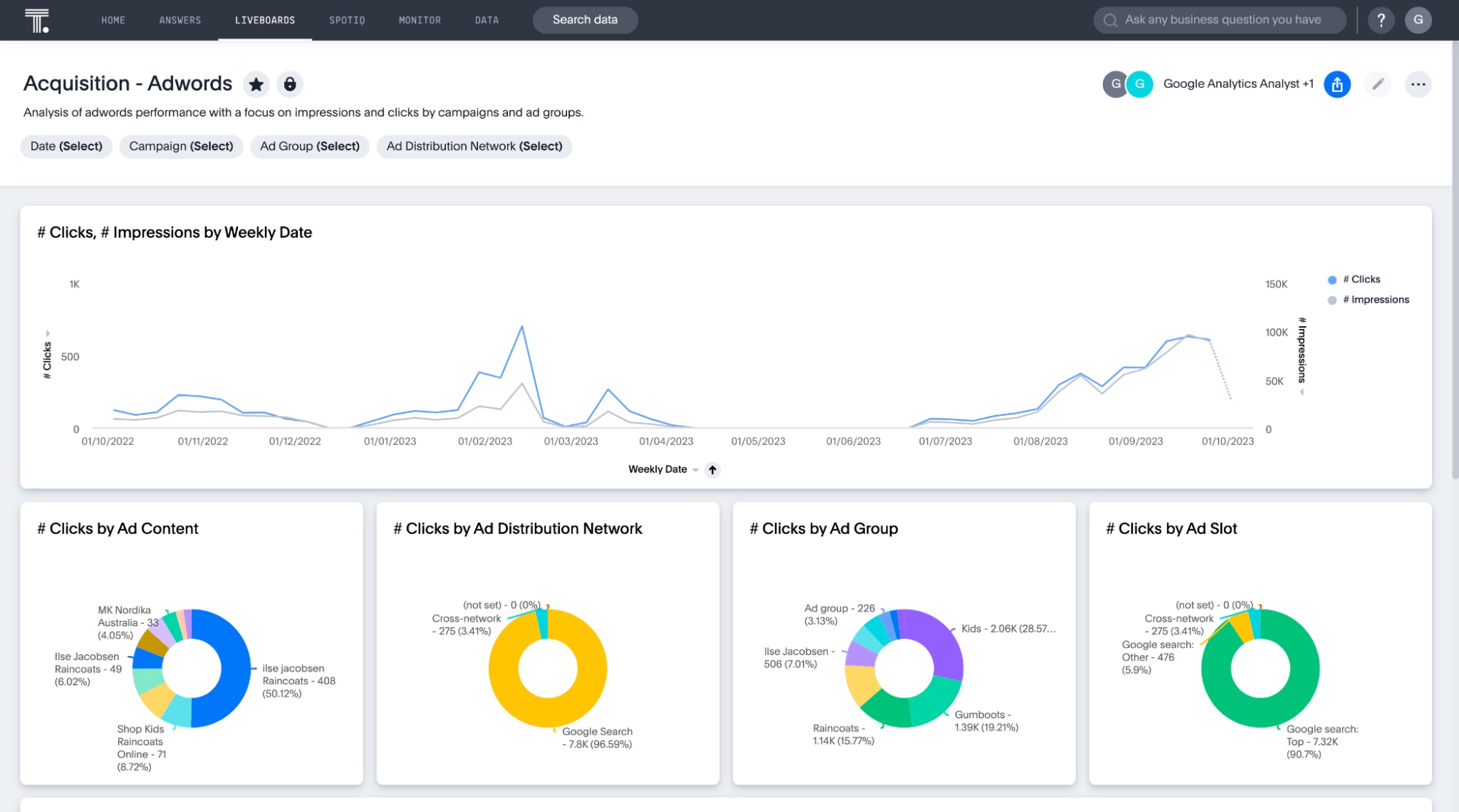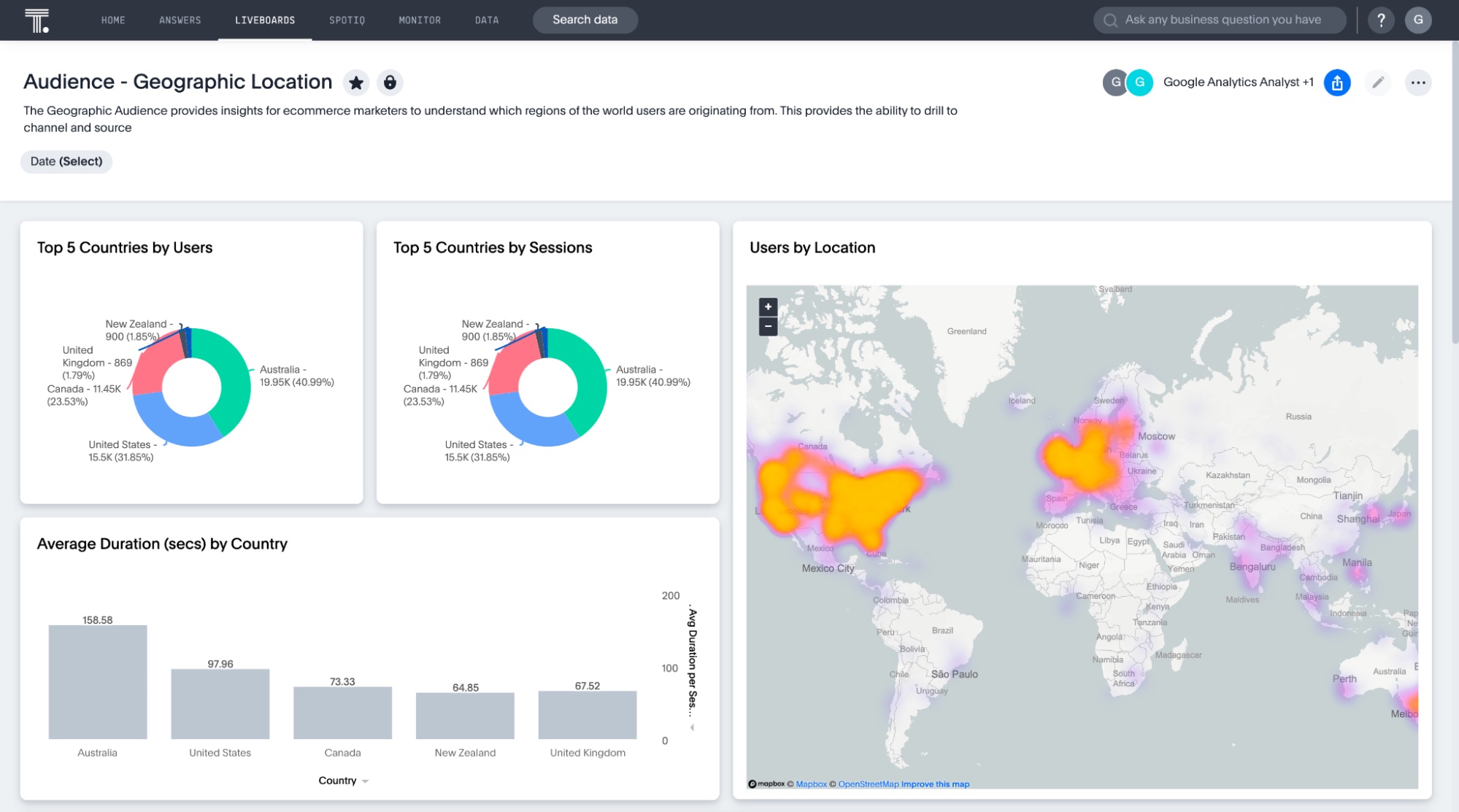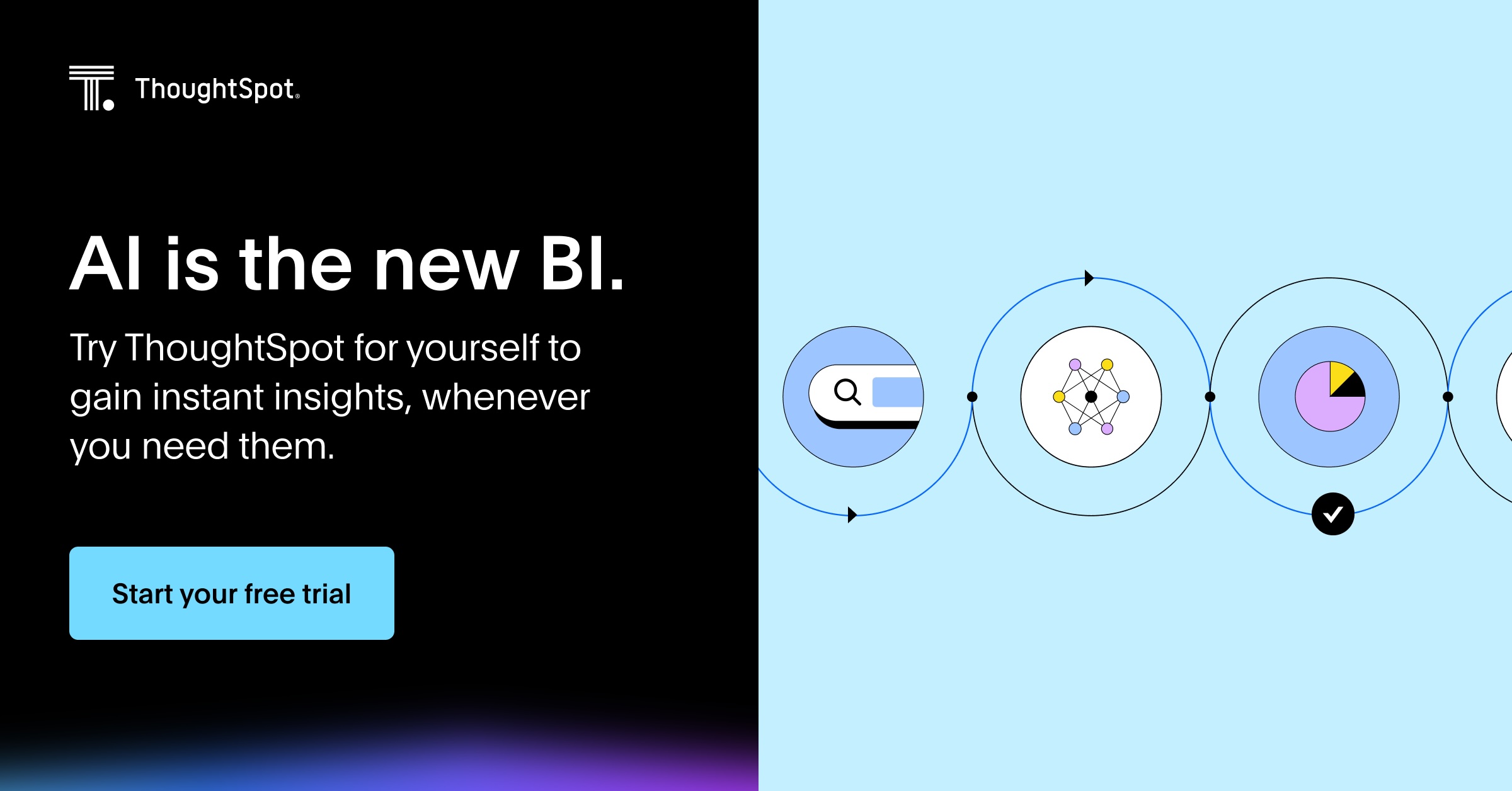As a marketer, you probably start your day by powering up your laptop and facing your first challenge: analyzing customer engagement data from your latest campaign. But what if you need to explore a specific trend or compare past campaign performance? You end up sending ad-hoc requests to your IT team and waiting days to get the results back.
Now what if you had an AI-powered marketing analytics tool that could perform this task in mere moments? You could gain actionable insights into your campaign performance and even explore specific trends or anomalies. Surely, this analytics approach would make your job much easier.
Because these tools harness the power of large language models (LLMs) and natural language processing (NLP), it’s easier than ever for marketing leaders to analyze performance, predict outcomes, and make data-driven decisions. In this guide, we explore the ins and outs of AI marketing analytics so you, too, can make the most of your data and create highly targeted campaigns.
Table of contents:
Marketing analytics is the practice of capturing and analyzing data to understand, track, and optimize marketing efforts to efficiently drive growth. Alas, not all marketing analytics tools are capable of providing real-time analysis. If you’re using legacy software for your marketing analytics, chances are you’re spending most of your time processing data rather than actually extracting insights and making decisions.
AI-powered marketing analytics solutions, however, can streamline many of your data analytics tasks. With self-service analytics capabilities like natural language search, you can create marketing dashboards with interactive charts, graphs, and maps that bring your metrics to life. From tracking real-time customer behavior to analyzing campaign performance, you can continuously monitor your marketing activities, drill into specific areas, and dynamically analyze trends and anomalies.
💡 Read more about why leaders are choosing AI-powered analytics over legacy tools
1. Real-time data analysis
No amount of data is useful if it's not guiding actions for your organization. Traditional analytics tools often present static data, making it challenging to grasp real-time customer behavior. These blind spots can lead to missed opportunities and inefficient decision-making.
Modern AI marketing analytics solutions like ThoughtSpot consolidate data coming in from all marketing channels into a single platform, empowering you to create interactive Liveboards that provide instant, real-time insights into important marketing KPIs. Moreover, with Spotter, as your AI Analyst, you can gain automated insights into important trends. This intuitive approach enables you to pinpoint important customer trends and patterns, helping you deliver an optimized customer experience.
2. Interactive data exploration
By presenting complex information through intuitive graphs and visualization, AI marketing analytics enhances data interpretation and analysis. However, simply viewing data isn't enough to make informed decisions. You should also be able to zoom in and out to get the complete picture. To fully leverage the power of data, advanced interactive features are essential. However, these features are often missing from outdated legacy dashboard tools.
ThoughtSpot helps marketers like you quickly extract valuable information from your data. With real-time filtering, drill-down capabilities, and customizable visualizations, you can uncover detailed insights effortlessly. This enhanced discoverability enables you to swiftly evaluate which marketing strategies drive revenue, identify operational inefficiencies, and develop relevant, engaging messaging for specific audience segments.
3. Augmented analytics
Whether you’re working in retail, manufacturing, or tech, the key to turning prospects into loyal brand advocates is active listening and sentiment analysis. Using modern augmented analytics tools, you can automatically generate insights from your data, helping you identify patterns that indicate customer loyalty or dissatisfaction within the buyer’s journey. These augmented analytics capabilities empower teams to move beyond basic reporting and discover deeper, proactive insights.
With ThoughtSpot’s Change Analysis, you can easily identify key change drivers and detect additional insights so you can understand the reason behind this anomaly and take corrective action.
Faster insights: With access to real-time data and advanced AI analytics features, you gain a concise and accessible overview of various data points, allowing you to monitor marketing performance and drive revenue.
Scalability: Your data will only become more complex as your business grows. AI marketing analytics can help you uncover granular insights from large datasets without compromising security or performance.
Cost optimization: By analyzing customer data, you can target the right audience, identify under-performing campaigns, and pinpoint less efficient channels. This in-depth analysis helps you optimize your campaigns, ensuring marketing dollars are spent reaching the right people with the right messages.
Predicting future trends: AI analytics tools leverage historical data to forecast future market trends, enabling business leaders to anticipate and prepare for upcoming market shifts. This foresight allows companies to stay ahead of the curve and capitalize on emerging opportunities. However, it’s crucial to stay mindful of the dangers of AI, such as potential biases or inaccuracies, which could affect the results you rely on for strategic decision-making.
1. Enhancing customer segmentation
According to a report from McKinsey, 71% of customers expect brands to deliver personalized interactions. This finding highlights the crucial need for effective customer segmentation and personalization. By understanding your target audiences, you can identify which marketing channels or strategies drive the most sales and refine your efforts.
For instance, you can leverage AI marketing analytics to segment customers based on their attrition likelihood and tailor marketing campaigns accordingly. These solutions leverage machine learning (ML) and AI algorithms to identify segments based on past and present behaviors, such as the likelihood of repeat purchases or susceptibility to churn. Such insights can help you create new campaigns with personalized offers to boost engagement and retention.
2. Optimizing content across channels
Today’s customers have multiple ways to engage with a brand. They purchase different products and services, consume social media, click on ads, and connect via email newsletters. By leveraging AI marketing analytics, you can monitor how customers engage with your campaigns at different stages of their purchase journeys and tailor content to guide them effectively.
For instance, in the example below, you can analyze metrics like clicks by ad content and clicks by ad distribution network to paint a picture of how viewers engage with your content. Visualizing such metrics can even help you identify the moments when customers are most likely to be receptive to cross-selling offers, driving higher revenue and boosting ROI.

3. Accelerating conversion
Driving conversion is an ultimate goal for all marketers, but eliciting positive emotions across all channels is easier said than done. By giving your team a modern, AI-powered marketing analytics solution like ThoughtSpot, you empower your team to keep track of all customer interactions and queries. This high-level visibility gives your team a holistic view of past and ongoing campaigns, allowing them to make data-driven decisions for campaign optimization.

Take Northmill for example. Using ThoughtSpot’s AI-Powered Analytics, the company was able to analyze its user data and identify a segment of customers who don’t complete the sign-up process. With this information, the bank was able to change its onboarding process, boosting its conversion rate by a whopping 30%.
“It is all about being as relevant and personal as possible so users’ personal finance can benefit from the insights. It can be getting a notification of a discount deal at your favorite cafe or a tailored offer to lower the cost of your insurance.”
Tobias Ritzén, Former CFO, Northmill Bank AB
The integration of AI in marketing has been a game-changer. From analyzing end-to-end customer journeys to identifying new growth opportunities, AI's influence is profound and pervasive. While there are many AI marketing analytics tools available, as per Gartner’s 2024 MQ, ThoughtSpot stands out as a true leader in business intelligence (BI).
By harnessing the power of language learning models and GenAI, ThoughtSpot empowers you to analyze, explore, and share insights however you want to drive actual business outcomes. With interactive Liveboards and AI-powered features, you can uncover insights from your customer data that would otherwise remain hidden.
Experience the power of AI capabilities for yourself by scheduling a ThoughtSpot demo.










